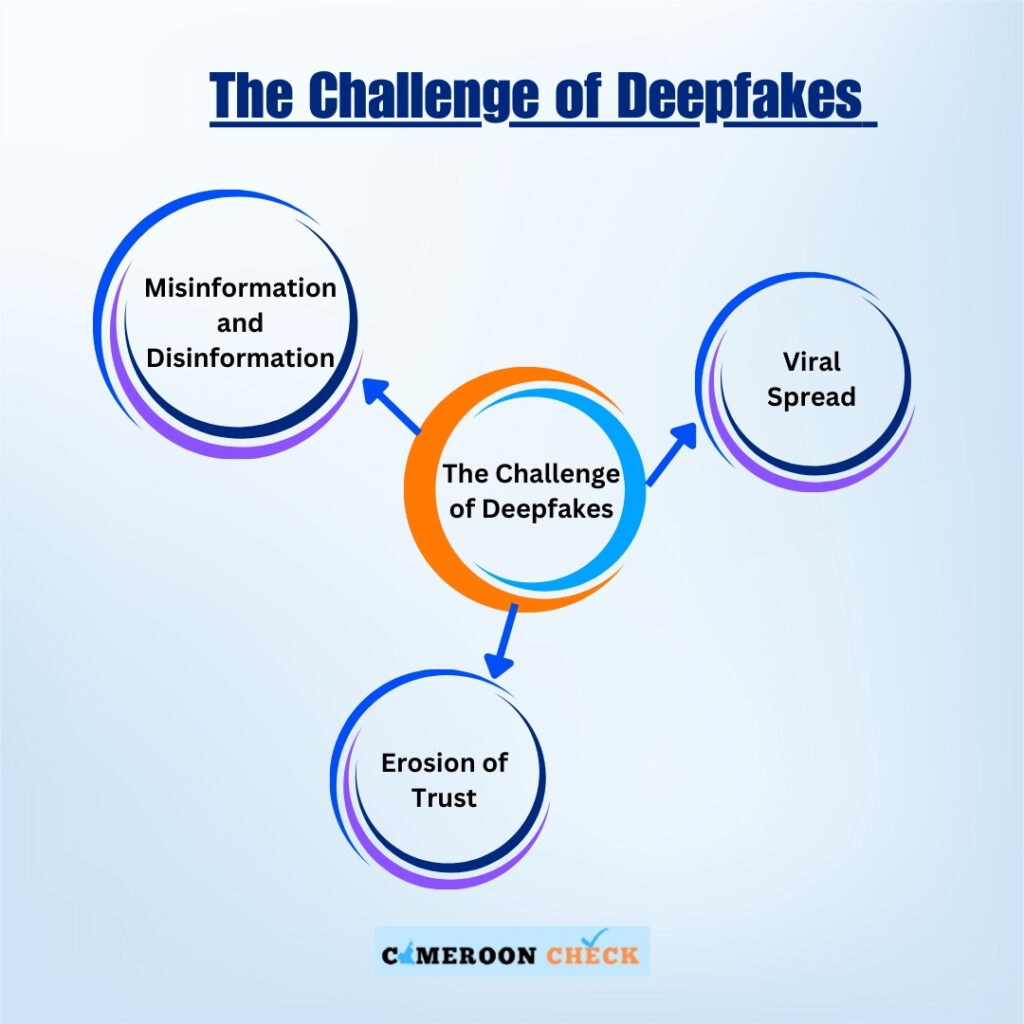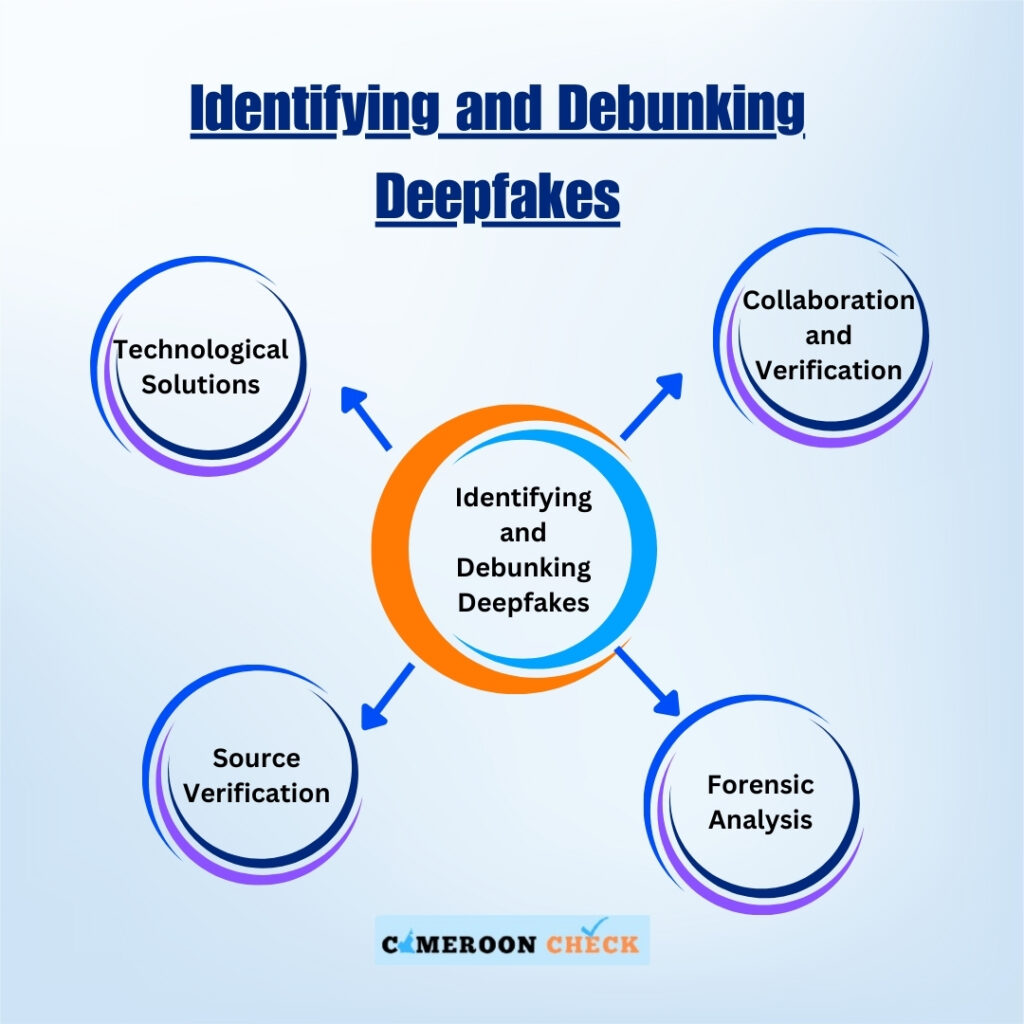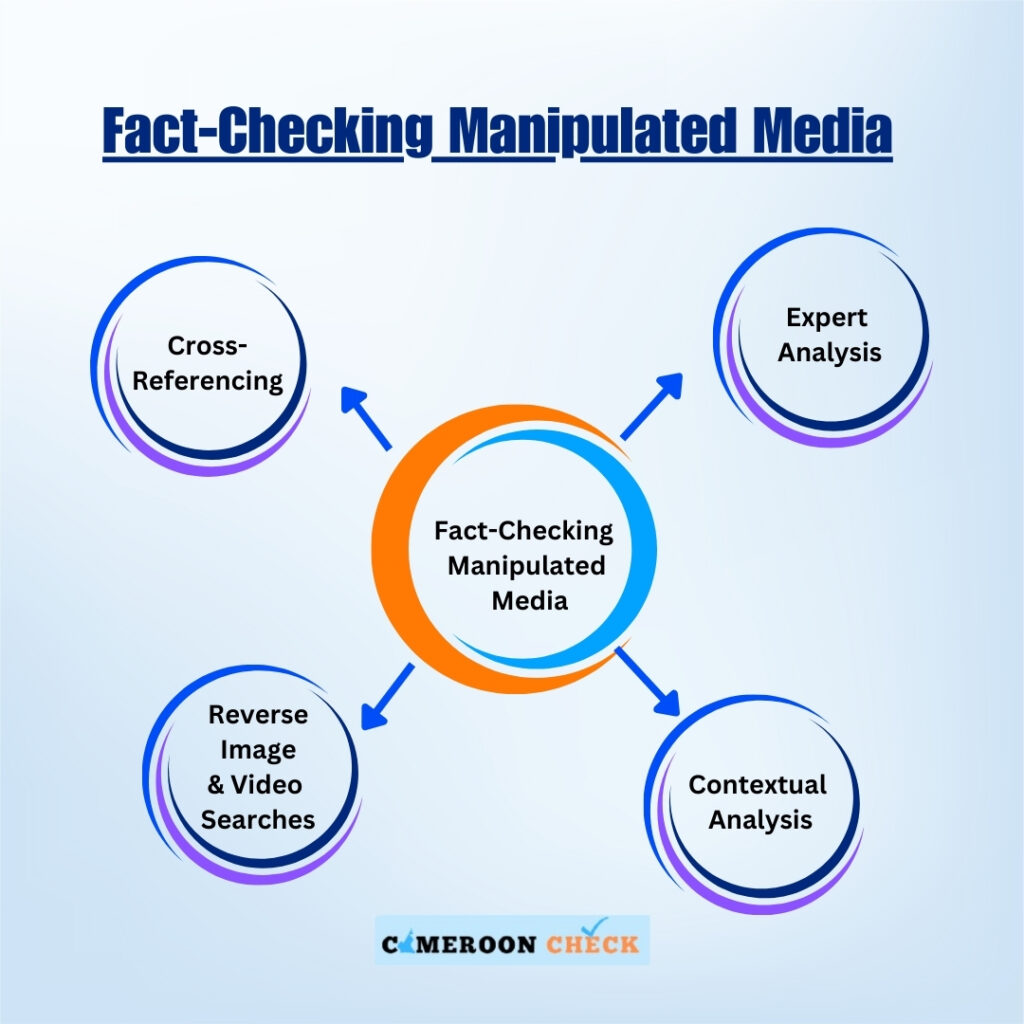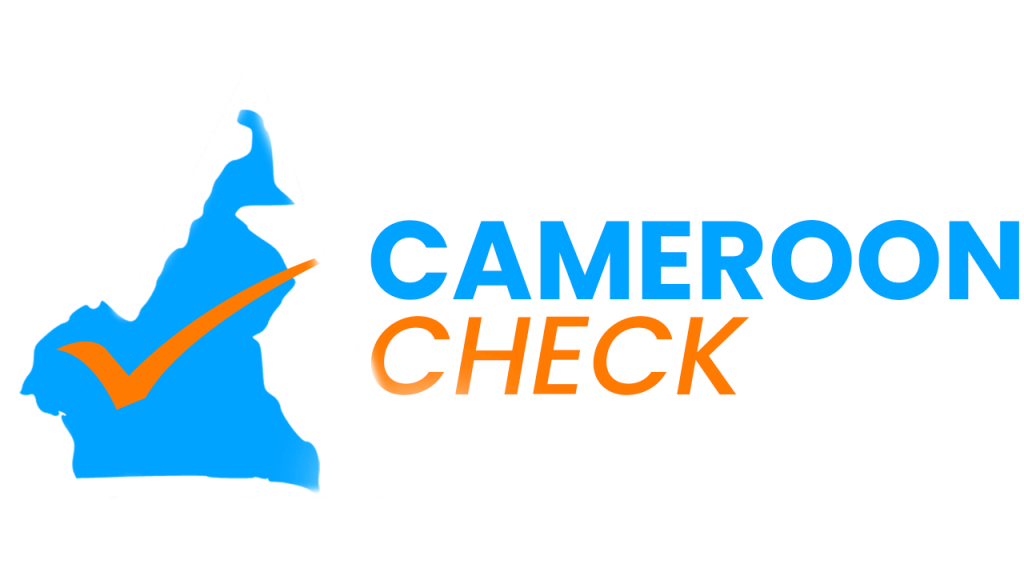The advent of deepfake technology has ushered in a new phase of media manipulation that calls into question the fundamental principles of authenticity and truth. It makes it possible to produce incredibly lifelike modified audiovisual content. Deepfakes are manufactured media produced with artificial intelligence (AI) tools that have the capacity to massively mislead and fool people. Deepfakes are getting more and more complex, thus it’s important to recognize the problems they present and create efficient methods for fact-checking manipulated content in order to identify and refute them.
Understanding Deepfakes
Deepfakes are digitally altered images, videos, or audios that convincingly depict individuals saying or doing things they never actually said or did. These manipulations are achieved by leveraging powerful AI techniques, such as generative adversarial networks (GANs), which combine and manipulate existing data to create highly realistic and often indistinguishable fabricated content.
The Challenge of Deepfakes
Deepfakes present a variety of difficulties. They pose a threat to the integrity of journalism and law enforcement, deepen social and political rifts, and erode public confidence in the media. Deepfakes’ ability to realistically imitate well-known people might spread false information, cause defamation, affect elections, or even spark violence.

Misinformation and Disinformation: Deepfakes possess the capacity to swiftly disseminate misinformation and disarray. They can be use to falsify data, sway public opinion, and erode confidence in established media outlets.
Erosion of Trust: Deepfakes make it harder for people to tell what is real and what is fake by eroding their faith in visual and aural evidence. The public conversation, law enforcement, and journalism are all seriously threaten by this breakdown in confidence.
Viral Spread: Online forums and social media sites are excellent places for deepfakes to proliferate. Their quick spread has the potential to magnify erroneous narratives, harming people’s reputations and igniting social unrest.
Identifying and Debunking Deepfakes
To identify and debunk deepfakes, it is crucial to develop sophisticated detection tools that can analyze the subtle inconsistencies often present in manipulated content. These may include irregular blinking patterns, unnatural movements, or inconsistencies in lighting or audio. Fact-checkers and technologists are working tirelessly to create software that can spot these discrepancies at scale.

Technological Solutions: Researchers are actively developing AI-based tools to detect deepfakes. These solutions analyze patterns, artifacts, and inconsistencies in the manipulated media to identify signs of tampering. However, as deepfake technology advances, so do the countermeasures, necessitating continuous research and development.
Collaboration and Verification: Fact-checking organizations play a crucial role in debunking deepfakes. Collaborative efforts between experts, journalists, and technology companies can help verify the authenticity of media content and expose deepfakes to the public.
Source Verification: Fact-checking the source of media content is essential. Verifying the origins and authenticity of images, videos, or audios through metadata analysis and corroborating evidence can aid in debunking deepfakes.
Forensic Analysis: Experts can employ forensic techniques to scrutinize deepfakes. This includes analyzing facial inconsistencies, unnatural movements, inconsistent lighting, and audio artifacts to identify signs of manipulation.
Fact-Checking Manipulated Media
Fact-checking manipulated images, videos, and audios involves a combination of technological solutions and journalistic rigor. Tools like reverse image searching, blockchain verification, InVIDand, audio analysis can help verify the authenticity of media content. Additionally, collaborating with experts and cross-referencing with credible sources are essential steps in the fact-checking process.

Cross-Referencing: Comparing the content in question with reliable and verified sources can help determine its authenticity.
Expert Analysis: Consulting subject-matter experts and specialists in various fields can provide insights into the veracity of the content.
Reverse Image and Video Searches: Utilizing search engines and specialized tools to conduct reverse image and video searches can help identify previously published versions of the content or reveal potential manipulations.
Contextual Analysis: Assessing the context in which the content was shared can provide valuable clues. It can eventually lead to the authenticity.
Conclusion
Deepfake technology is causing a lot of problems for society, such as the spread of false information and a decline in confidence. However, we may lessen the risks connected with altered media content by comprehending the nature of deepfakes, utilizing cutting-edge detection systems, and putting strong fact-checking procedures into practice. In the age of deepfakes, collaboration between individuals, groups, and tech firms is essential to maintaining the accuracy of information. In conclusion, our methods for fact-checking and verification must advance along with deepfake technology. We all have an obligation to continue being vigilant, cautious, and knowledgeable about maintaining the truth in the digital sphere.
Other Fact Checks From Cameroon Check check (click the hyperlink on Cameroon Check)

